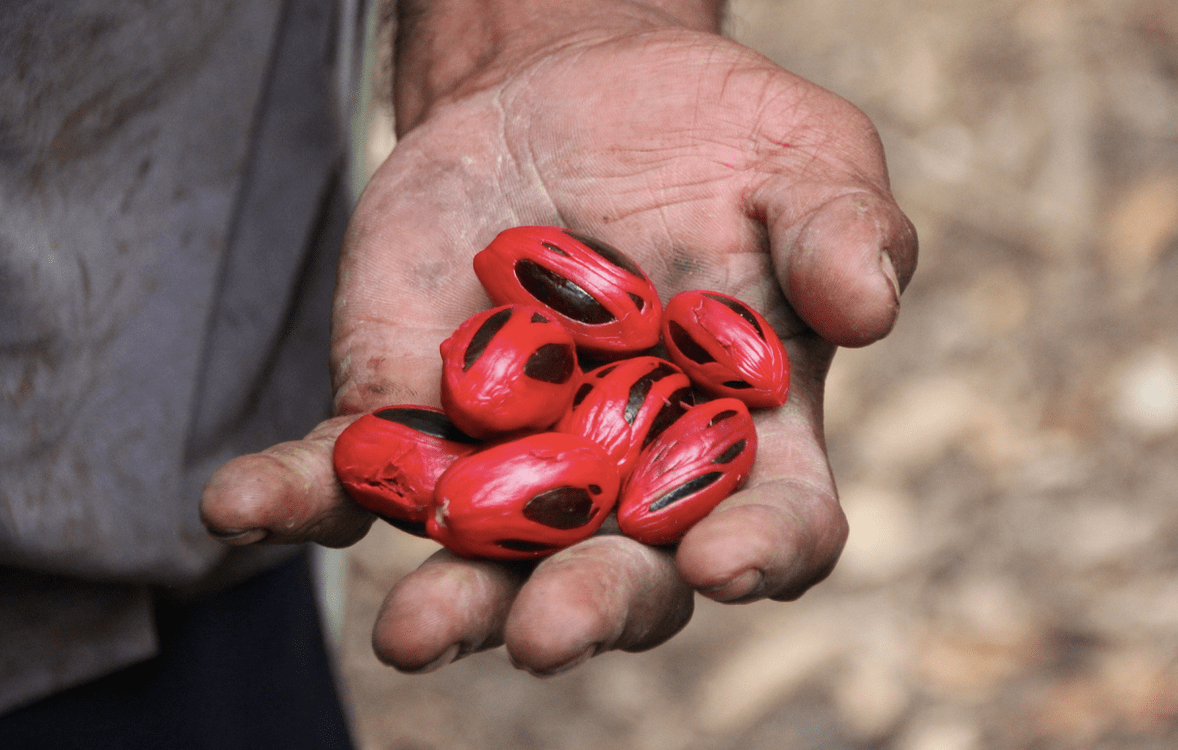How To Ruin A Good Café
One of my favourite cafes is going downhill.
What was once a thriving and delightful places is slowly fading away, much to the puzzlement of the new owner.
As someone who is there quite a lot, it is not so mysterious, and in fact reveals a lot about service design principles.
Let’s look at the small changes that have had powerful effects on the business.
1. A change in management
The ownership changed hands about 18 months ago, and it took a little while to see the impact.
The fundamental change was this: It was previously owned and managed by someone who was fanatical about building successful cafes – in fact he runs four of them.
Now it is run by someone who wants to run a small business.
That sounds incredibly minor, but there’s an important distinction.
If you’re obsessed with building a café empire, you’ll go the extra mile with all of the finer details.
In particular, the staff, the atmosphere and their social media.
2. Staff turnover
Not all staff are created equal.
In a city with so many cafes, good staff have a multitude of options to choose from.
If you’re difficult to work with, your good staff will go elsewhere.
Good staff set the tone and the culture of a café.
They create the first impression as customers walk in, and the last impression when customers leave.
People aren’t stupid; they can tell the difference between a forced smile and a genuine one.
They hear the background chatter, and prefer laughter and conversation to bitching and frosty silences.
In this case, the best staff left, and were replaced with competent staff.
The quality of the coffee never dropped, but the place instantly felt different.
The first batch were more reserved, and when they left, the second batch seemed uncomfortable and a little sarcastic.
3. The atmosphere lost its charm
This sounds vague but I have to write about it.
A series of small changes affected the mood of the place.
Firstly, the lighting seemed to get paler.
Secondly, the music got quieter.
Thirdly, the water jugs and cutlery got dirtier.
Think about what a café actually is.
Your average brunch couple come in for 45-75 minutes, and spend approximately $50.
What they physically receive is not worth close to $50 – eggs and avocado on toast, coffee and smoothies.
What’s more valuable is the experience – the venue is much nicer that eating at home, and sparks good conversations.
It’s a place that makes you feel sophisticated, and whose food looks great in your photos.
In fact, it’s somewhere you want to be tagged, both to save the memory and broadcast your good taste.
Without that atmosphere, a customer’s willingness to pay suddenly decreases.
4. Social media complacency
This particular place had a thriving Instagram page.
Once the old owner started taking it seriously, there was a line out the door on Saturday mornings.
There’s an old story about the brand who were number one in their category, so stopped advertising.
A few months later, they were no longer number one and wondered why.
This cafe is a similar story.
They had lots of customers, so stopped trying so hard.
Their images were still great, but their frequency declined.
They also tagged fewer people, and stopped responding to what others wrote.
Whilst the quality of their food stayed high, it was a matter of out of sight, out of mind.
When people choose to spend $50 on brunch, they have a lot of options.
Therefore, they go for the one that has been giving them food envy all week.
In fact, they tag their friend in the picture and use it as a prompt to arrange the catch-up.
If you don’t take the platform seriously, your rivals will.
They’ll tempt your prospective customers away, and you suddenly have no line out the door.
I think there’s a lot to be learned here about service design.
Firstly, it shows how small changes have huge impacts.
This can be scary, but also inspiring: a few good small changes in your business could take it to the next level.
Secondly, it highlights the little “extra” jobs that go unnoticed when they’re done right.
Good music, friendly service and diligent housekeeping are invisible.
Your barista might make great coffee, but if they’re frowning all day then people won’t feel intuitively welcome.
They’ll rate your coffee highly, and never feel compelled to return.
Thirdly, it pays to understand what drives your traffic.
If it’s social media, you have to play the social media optimisation game, even if it seems stupid.
If it’s people walking past, then the space has to look inviting, even if good lighting costs more to run than efficient bulbs.
If it’s reviews, you’re going to need to nudge your customers as they leave, reminding them to rate you on TripAdvisor, Zomato or Yelp.
As soon as you take your foot off the accelerator, your competitors will overtake you.
The nice thing about the situation is that it isn’t terminal – all the problems are solvable.
The main thing they require is care and diligence, for a formidable individual to proactively reset the culture and the business’ reputation.
That will mean some long days repainting the walls, fixing the speakers and the lights.
Then it will mean paying a little more to recruit better staff, and spending more time and energy on promoting their social media pages.
Finally, it will require a focus on measurable growth – making small adjustments, measuring the changes and then making further adjustments.
I’d guess they’re about four to six months away from having a line out the door – if they want it enough.












